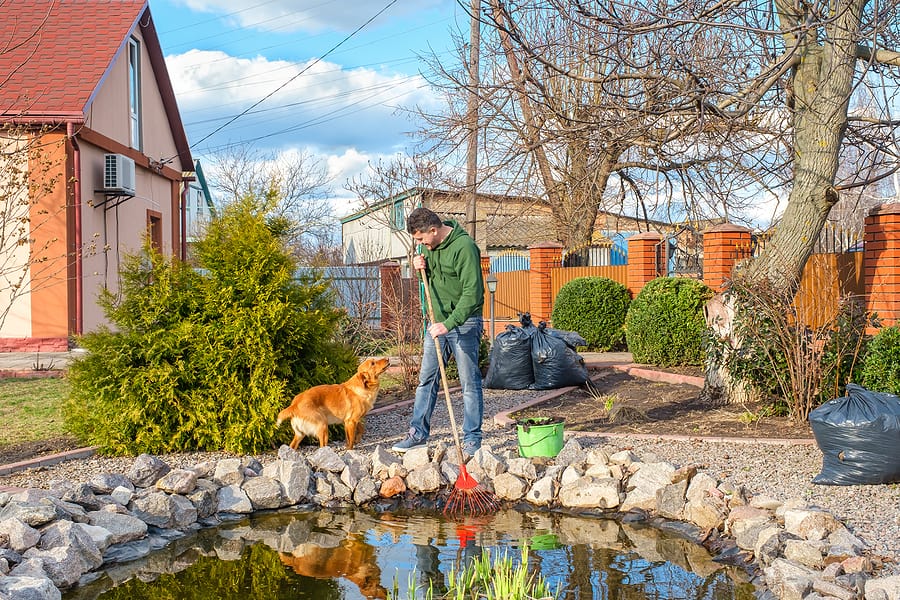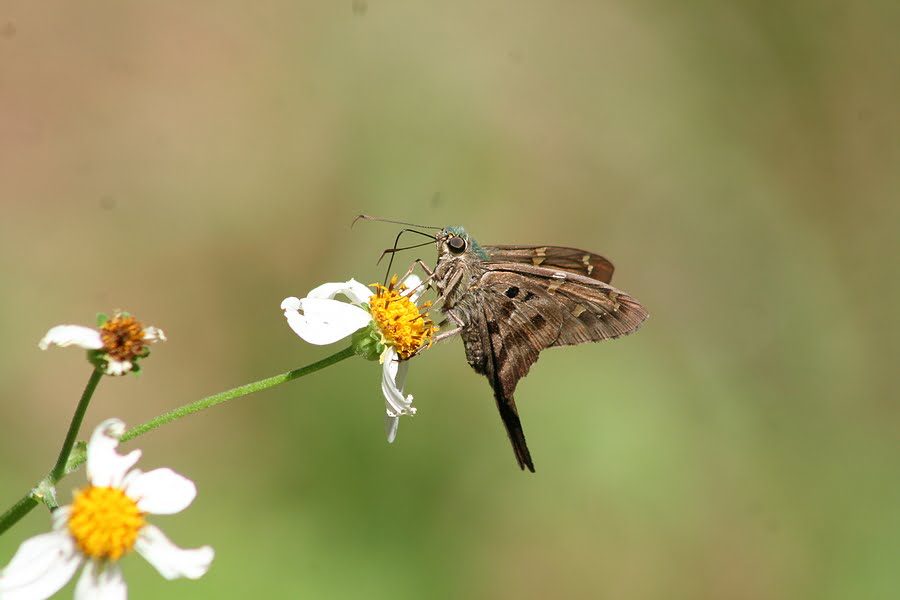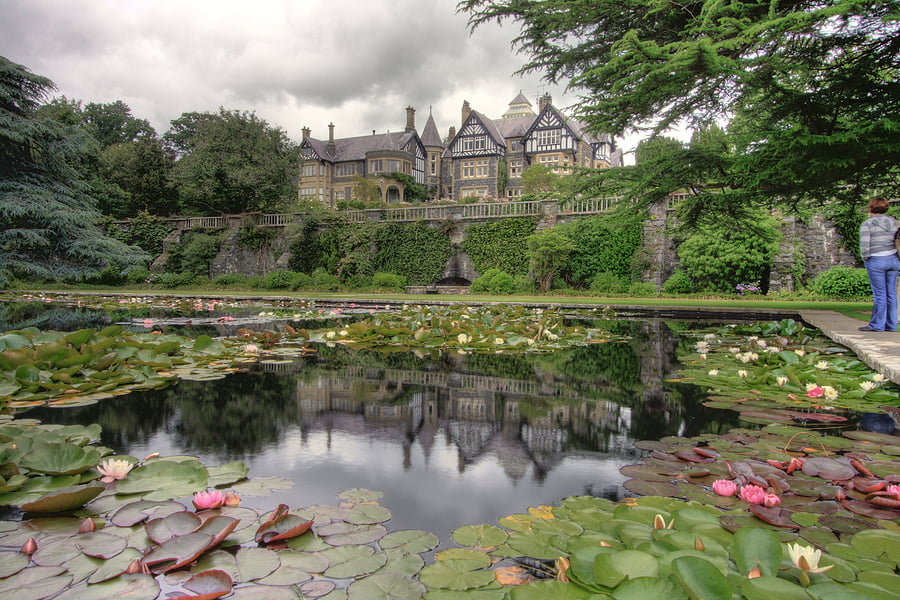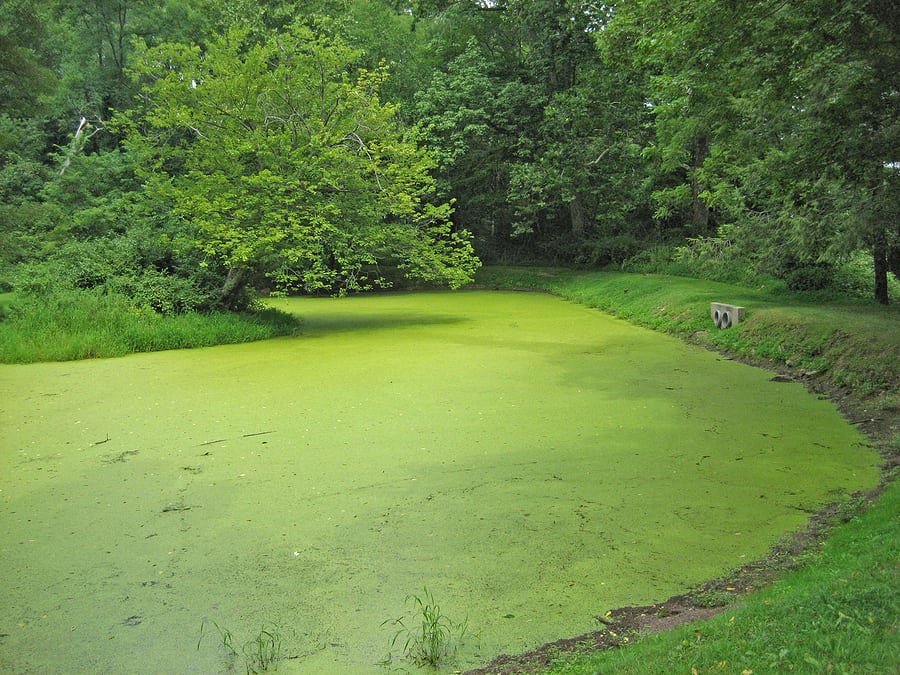
How Do I Deal With Algae In Ponds?
15th September 2021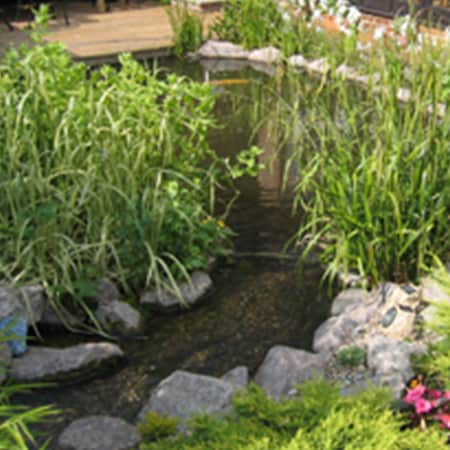
Most Common Mistakes When Building a Pond
21st September 2021Of all the microhabitats that exist in your garden, a pond is one of the most interesting and diverse, but also the most delicate.
Taking care of the water, caring for the pond plants and ensuring the population of fish and birds is just right are just a few of the primary duties associated with taking care of a pond, but here are some top tips to help make maintaining your pond as hassle-free as possible.
Clean Your Pond Weekly
Typically, you will need to check up and clean your pond regularly to check for damage, ensure that the water quality is suitable for your aquatic life, that you do not have too much ammonia, testing the pump and filters, and making sure the water is at the right level.
This, along with skimming the surface to get rid of leaves that have fallen into the pond are your main jobs to ensure enough light and oxygen reaches into the water.
Top Up With Rainwater
Algae is both a blessing and a curse in ponds. Whilst algae in small quantities can be a source of nutrients, they can also grow very rapidly and make your pond uninhabitable, as well as unpleasant.
One way to avoid rapidly growing algae is to avoid using tap water to fill up the pond. Drinking water is fortified with a number of nutrients that seem to foster algae growth.
Instead, collect rainwater, let it settle and use that to top up the pond.
Aquatic Plants Are Your Friend
Water plants are an essential part of your pond for so many reasons and will help to reduce algae, regulate oxygen levels and help to avoid the water temperature from getting too warm in summer.
Some aquatic plants such as hyacinth and lettuce are great for competing with algae for nutrients, keeping algae naturally controlled without the need for algaecides.
Watch Out For Ice
Because ponds are relatively still and exposed to the elements, they are prone to freezing over in the winter months, which can cause a huge number of problems.
On a practical level, the freeze-thaw cycle can cause cracks and tears in your pond’s structure and can create sheets of ice on the surface that can lower the ambient temperature of the water, putting your fish and aquatic life at risk of dying.
There are a few ways to take care of the ice. Installing a heater will prevent the issue completely, but floating a ball or a de-icer on the surface will stop the water from icing over.
Melt ice rather than cracking it, as using force can hurt your fish.
Try To Deep Clean Every Few Years
Late Autumn is the perfect time to have a deep clean, clear out dead plants, a large amount of silt and ensure that every part is in fine working order.
Before you move anything, prepare a holding tank in the shade of your garden and fill it with some of the pond water.
Use a pump to drain the pond and move fish gently as they become visible to the tank. Move dead and decaying plants to the side of the pond. Scoop up the silt from the base of the pond but make sure to keep a little to establish microbiomes.
Clean the liner, return the silt you saved and any pond water you saved. Refill with rainwater (or tap water that has been left to stand and finally return your pond plants and fish.


